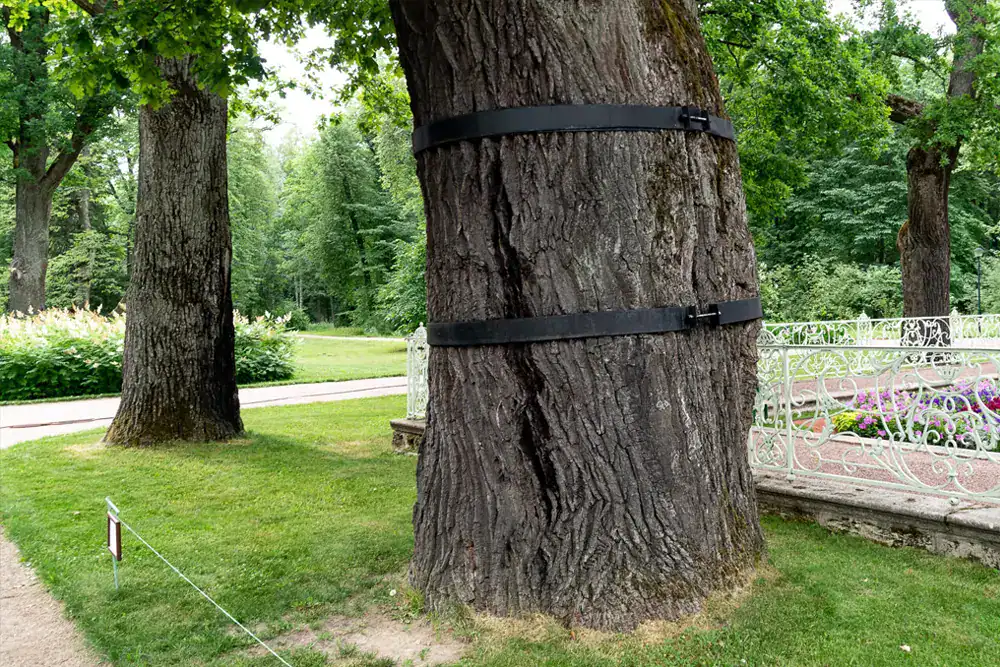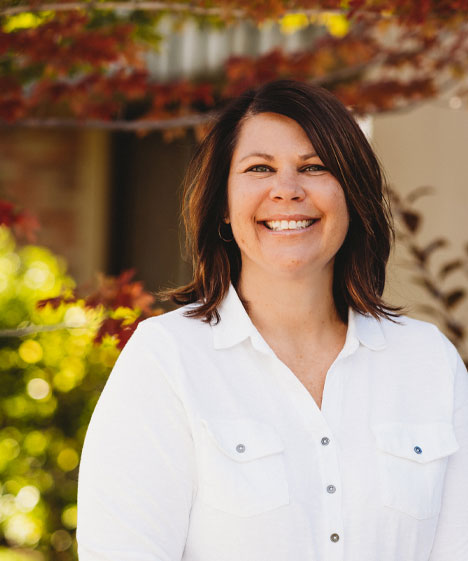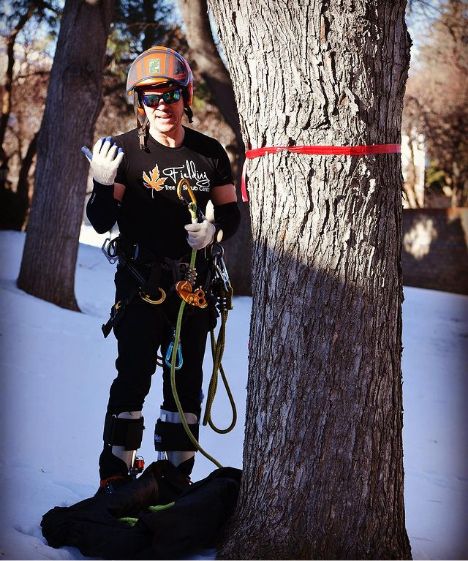Cabling and bracing are techniques used to reinforce the structural integrity of a tree. These methods help prevent tree crowns from splitting or the tree from failing, particularly in cases where the tree has a weak structure or has suffered damage.
When to consider cabling and bracing:
- Trees with multiple trunks or co-dominant stems.
- Trees with large, heavy limbs that could potentially break.
- Trees that have previously suffered damage from storms or high winds.
- Trees in high-traffic areas where safety is a concern.
How do cabling and bracing methods benefit my trees?
- Preventing breakage: By redistributing the weight and reducing stress on weak branches, cabling and bracing help prevent tree limbs from breaking or splitting, which can save the tree from further damage or removal.
- Improving tree stability: These techniques can provide additional support, making the tree more stable and reducing the risk of it falling during extreme weather conditions.
- Extending tree life: Proper support can increase the longevity of trees by maintaining their structural integrity and health, allowing them to thrive for many more years.
How does the cabling and bracing process work?
- Tree Assessment: Our certified arborists begin with a detailed evaluation to identify weak branches, splits, or structural concerns.
- Cabling Installation: High-strength cables are strategically installed in the upper canopy to redistribute weight and reduce excessive movement.
- Bracing Installation: Bracing rods are inserted through weak or split branches to provide internal support. This reinforces the tree, holding compromised areas together.
- Monitoring and Maintenance: We regularly inspect the hardware to ensure it remains effective as the tree grows. Adjustments or replacements are made as needed to maintain stability.
Why might cabling and bracing not be the best option?
While cabling and bracing can be beneficial, there are situations where it may not be the ideal solution:
- Tree health and age: If a tree is already in poor health or nearing the end of its natural lifespan, cabling and bracing may not be worth the investment, as the tree may not recover. Trees with observed cavities, or those with internal decay are also not candidates for this service.
- Structural issues beyond repair: In some cases, the damage or structural weakness may be too severe for cabling and bracing to provide effective support. In such situations, removal might be the safest and most practical option.
- Aesthetic concerns: Some property owners may not like the visual impact of cabling and bracing, especially if the tree is a focal point in their landscape.
What are the alternatives to cabling and bracing?
- Pruning: Regular pruning to remove weak or damaged branches can help improve the tree’s overall structure and health.
- Mulching and fertilization: Supporting the overall health of the tree through proper mulching and fertilization can strengthen its root system and increase longevity.
- Tree removal and replacement: If a tree is beyond saving or poses a significant safety risk, removal and replacement with a new, healthy tree might be the best long-term solution.
How do I schedule a cabling and bracing assessment?
You can schedule an appointment with one of our certified arborists, who will evaluate your tree and provide a proposal for services.
Over the years, we’ve found that species like Chanticleer Pear, Blaze Maple, and Green Ash are often excellent candidates for structural support methods. Their characteristics, such as narrow branch angles and large, heavy limbs, make them more prone to breakage, and these methods help provide the necessary reinforcement for long-term stability.






